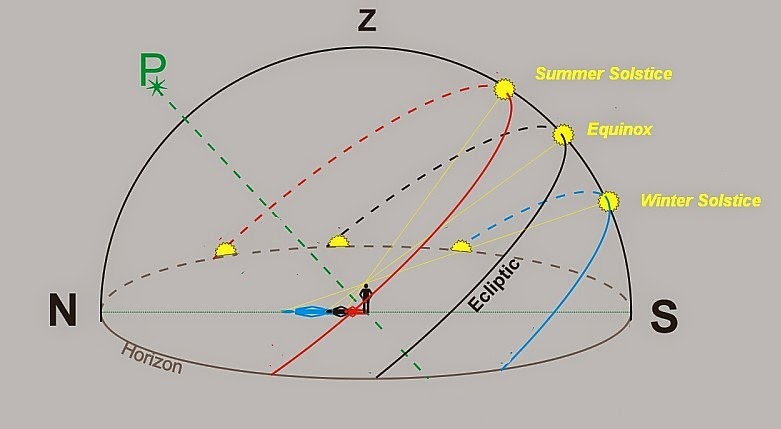exchemist
Valued Senior Member
Did you notice it sliding along the horizon as it rose, in accordance with Janus's explanation? Or are you in the Tropics, where this is less marked?I saw the sun “rise” this morning, and this thread went through my mind. How you all explained to me, something so beautiful. It’s worth waking up early to watch.




